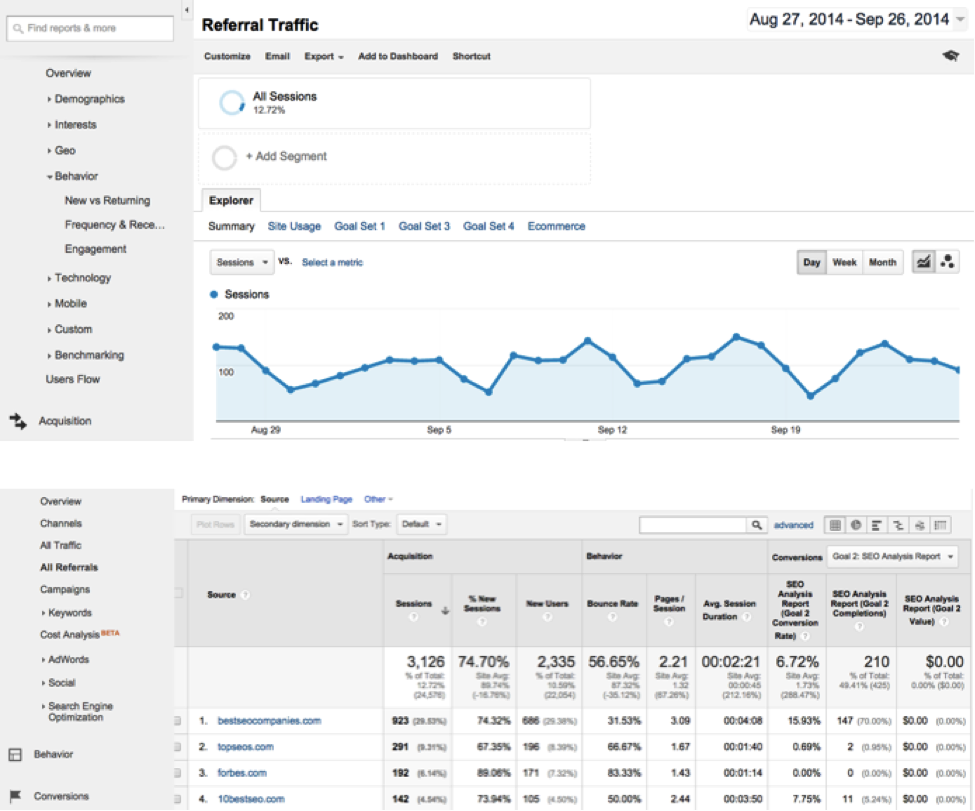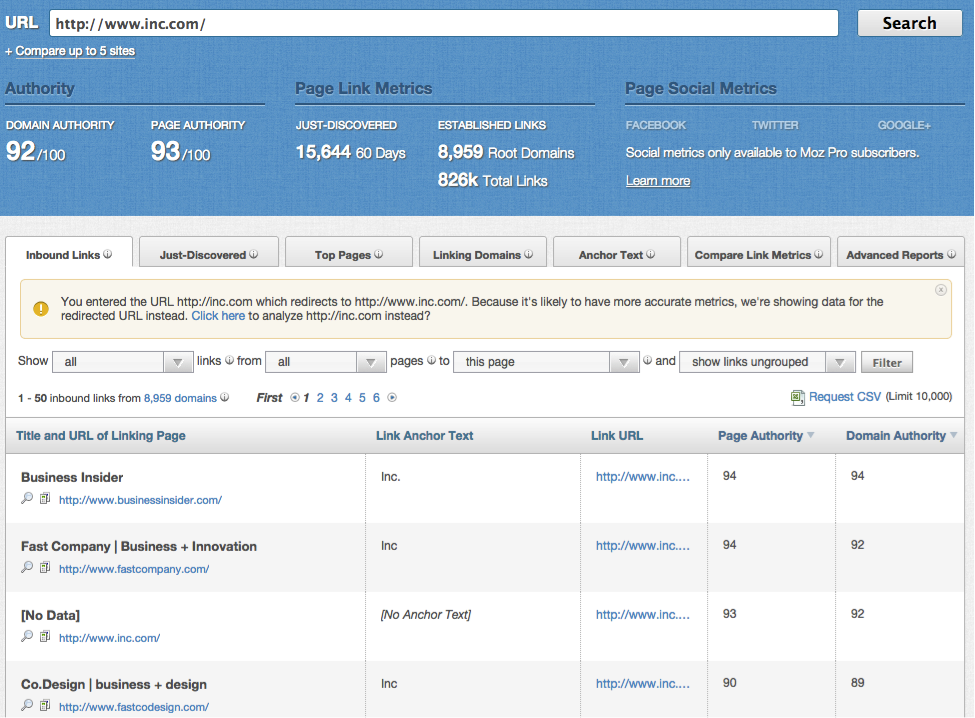Yesterday in Part I of this series we talked about the outreach process for earned media, but once you’re successful it’s just as important to monitor your results so that you can stay organized and continue to learn and find even more opportunities. Unfortunately, many companies focus so much on outreach and creating content, and while this is great, pushing monitoring to the side is far too common. It’s easy to forget about monitoring, but the sooner you can put a solid strategy in place, the better.
Tips and Tricks to Monitoring Earned Media
Monitoring earned media means more than simply watching the social shares go up. You want to know how much traffic each brings in, which links are getting the most attention, if your email sign-ups increase, and of course if there are any SEO results. A few tips for monitoring earned media include:
-
Monitor traffic.
This is probably the most obvious metric to monitor whenever you’ve written a guest post. You want to know who read that article and then came to your site after reading. Fortunately, Google Analytics makes this possible with their referrals section. Here you get the exact number of visitors that came over to your site from any given guest post. Below is an example:
-
Monitor individual links.
Whenever you write a piece of content and link to something on your website within the article, you should monitor that link to make sure an editor does not remove it.
Furthermore, monitoring other links pointing to your website that you didn’t build is important to make sure spammy websites are not connected with your website. Tools such as Open Site Explorer, SEMRush, and MonitorBacklinks.com can help you do this quickly and easily. Below is an example from Open Site Explorer:
-
Monitor email sign-ups.
Use the Google Analytics goal-tracking feature to monitor your email sign-ups. If you see a spike in sign-ups just after a guest post goes live, then that is something you should record and try to recreate a few times over.
-
Monitor social media engagement.
This refers to both the social media shares you get on each individual post as well as the increased number of followers you earn from a piece of content. I recommend first focusing on the social shares you get for each individual post. Track and then record these numbers after about two weeks of the article being live (again, discussed in the next section). See which posts are getting the most social attention and see if you can find trends.
You can use tools such as Hootsuite or SproutSocial to monitor your daily SEO activity, or Traackr to help find social influencers. Below is an example from Hootsuite that shows some of the options you have when you first start your account:
As for your own personal social accounts, simply follow the social media metrics provided. If you see a spike in new followers, look at the guest content you published around that time along with the content you published on your social media page.
Extra Tip: Ask the editor of the publication or website where you are publishing content if it would be possible to include your Twitter handle in the pre-formatted tweet for the post. This will make it very easy, then, for you to monitor the sharing on that platform (not to mention give you a better chance of increasing your followers!).
-
Tracking your SEO results.
It’s important to note right off the bat that earned media should not be done for SEO reasons. Guest blogging or other earned media should be for your audience and credibility only. Google has cracked down on writing for SEO purposes recently, so any links you try to slide into your content might very well do you more harm than good in the long run.
Still, you want to see that your rankings are improving any way you can. The biggest thing to remember when monitoring for SEO is that it takes time. If you publish a guest post today and then your rankings improve tomorrow, it doesn’t mean that the guest post had anything to do with it. Your best bet is to monitor your rankings over several months and then try to find trends anywhere you can.
Google Analytics is the place to watch for SEO changes. You can see impressions, clicks, average position, and CTR all under the Search Engine Optimization report under Analytics. You can see metrics for queries (shown below), landing pages, and a geographical summary:
Do you have any questions on monitoring earned media? Any personal experiences with what has and has not worked for you? Get the conversation started in the comment section below.




